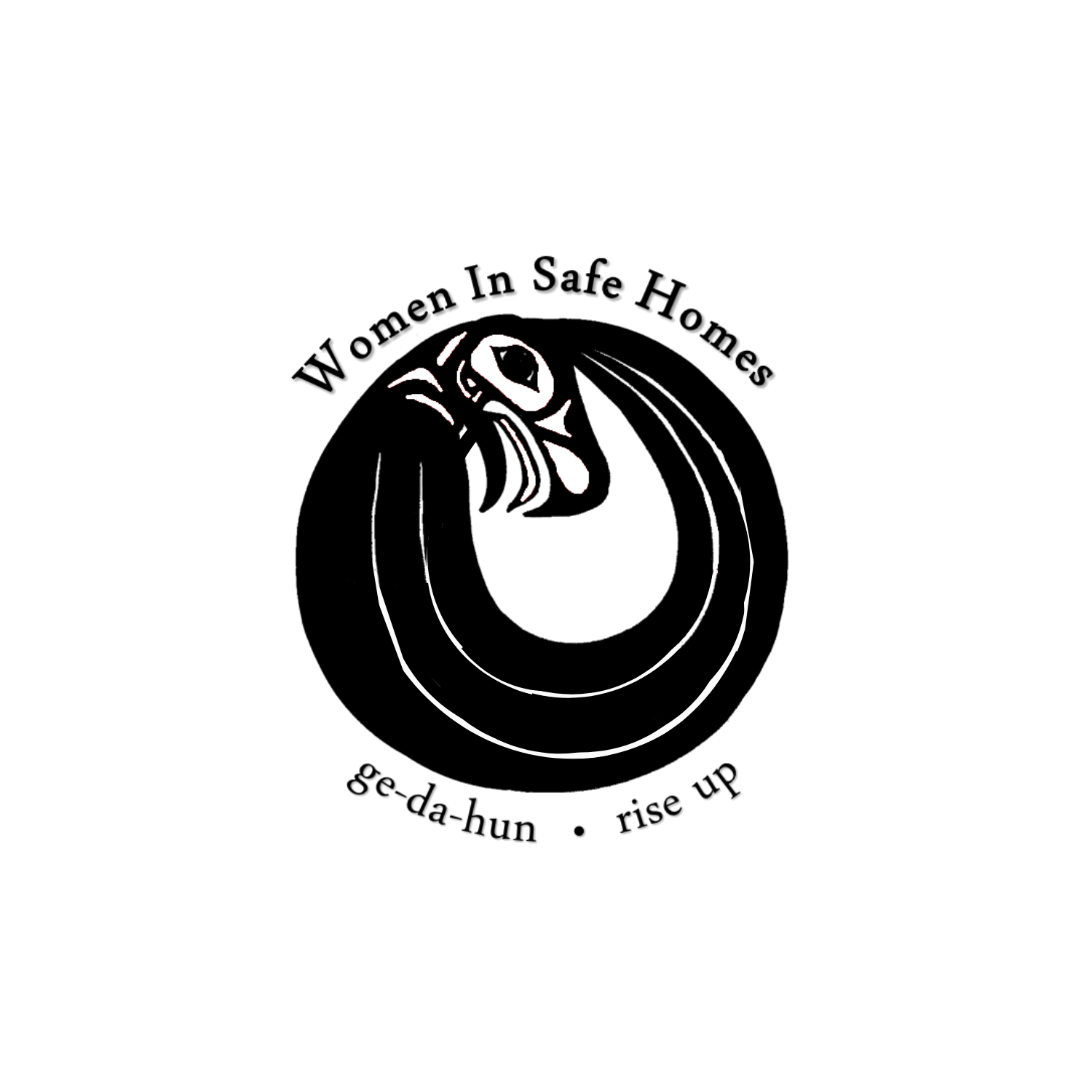what is domestic violence?
Domestic violence is a pattern of behavior that one person uses to gain and maintain power and control over another person. Tactics that abusers use include: physical violence, sexual violence, financial abuse, and psychological and emotional abuse.
Domestic violence can happen to anyone - regardless of gender, sex, age, race, religion, ability, sexual orientation, nationality or economic status.
It is not always easy to tell that a relationship is going to become abusive. Many abusers are kind and charming in the beginning of a relationship but they become abusive over time and their controlling and scary behaviors grow in intensity as the relationship goes on. Some behaviors that are normal for new relationships can develop into unhealthy and abusive behaviors as the relationship goes on. What may start out as something that seemed harmless (such as wanting the victim to spend all their time only with them because they love them so much) can escalate into controlling and abusive behaviors (such as threatening hurt the victim or others if they speak to family, friends).
Abusers may also try to keep their violent behaviors to private spaces by only perpetrating abuse when no one else can see or hear. This tactic makes it so friends and family members of the victim and/or the abuser will not believe the abuse is happening because they have not witnessed it. This tactic can also make the victim question if the abuse is real since no one believes them.
Abusive behaviors can be downplayed or minimized by the abuser, friends and family of the victim or even by the victim. Name-calling, possessiveness, jealousy and distrust may be dismissed as temporary loss of control by the abuser, or even as displays of affection (“They only do that because they love you so much.”) Abusers often act remorseful and apologetic after a violent outburst and may convince people that their behavior is going to change and they will never act that way again.
What are the signs?
Does your partner, family member, or someone you live with:
Destroy things you own
Belittle you or tell you that you can never do anything right
Keep you from seeing your family or your friends
Keep you from leaving the house
Demand to know where you are and/or who you are with all the time
Control all the money
Demand access to your phone or other communication (such as social media or email account)
Put you down constantly
Make all the decisions
Make you afraid to disagree with them
Threaten to kill themselves
Call you names
Intimidate you or scare you
Act extremely jealous of time you spend with other people
Discourage you from getting a job or taking a class
Threaten to take your children away or limit your access to them
Threaten to harm your pets
Tell you that no one will love you
Pressure you to use drugs or alcohol
Physically hurt you (hit you, kick you, throw things at you, pull your hair, choke you)
Doesn’t let you sleep
Doesn’t let you see the doctor by yourself
Drive recklessly with you in the car
Humiliate you
Doesn’t let you dress how you like
Refuse to contribute to the household (either not helping with bills or not helping with housework)
Ignore your boundaries
Force you to have sex when you do not want to (or badgers you into having sex when you do not want to)
Force you to have sex in a way you do not like
Refuse to use birth control, such as condoms, when you want them to
If anything listed above is happening to you, you may be experiencing domestic violence.
Consider creating a safety plan and/or calling WISH to speak to an advocate: 907-225-9474.
If you are concerned about someone else, learn how you can support them here.
POWER AND CONTROL WHEEL
This visual representation of an abusive relationship was created by the Duluth Model, a violence intervention program in Minnesota. After extensive research, the Power and Control wheel was designed to help describe the most common tactics that abusers use to maintain power and control over their victims - which is why “Power and Control” are in the center of the wheel. Abusers use threats, intimidation, and coercion to instill fear in their victim. These behaviors are the spokes of the wheel. The threat of physical and/or sexual violence reinforce the spokes of the wheel and allow the abuser to take control of the victim.


